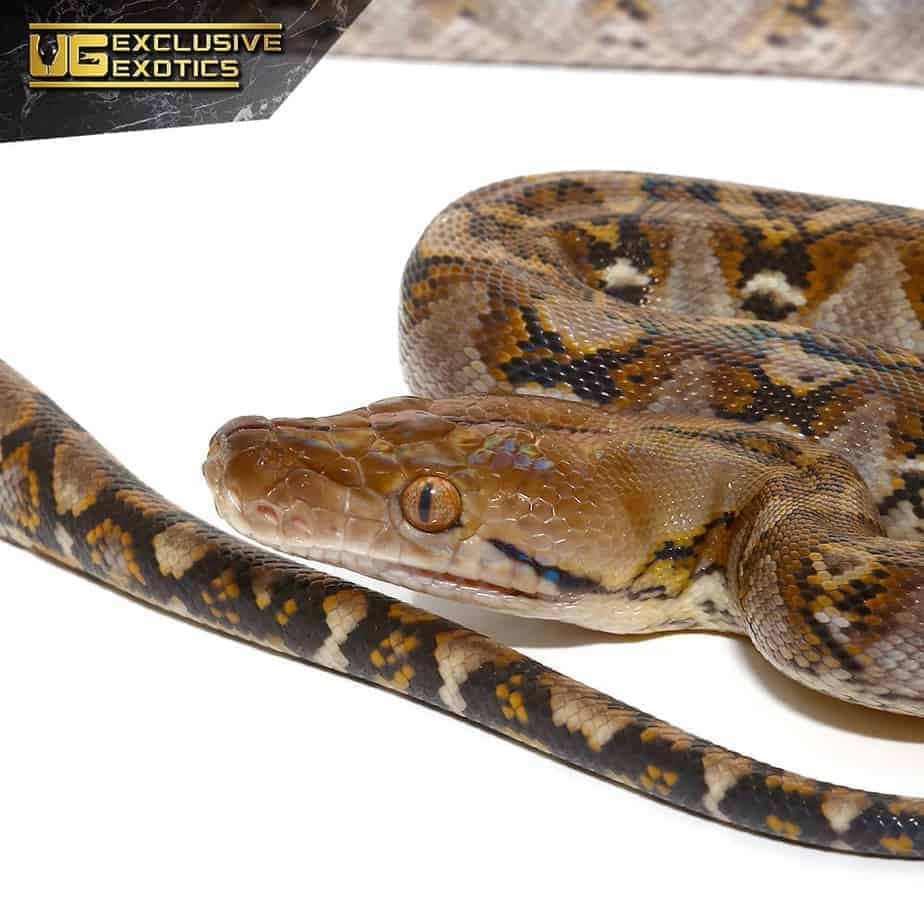

A new file is created, in the example case “myModel x 3.0.dat”. Usage: python Dat2ObjTex.py, python Dat2Obj.py ĭatScale.py: scale a DAT model uniformly on all axes. These tools do not preserve normals, and Dat2ObjTex.py won’t do anything useful with materials from files converted with Obj2DatTexNorm.py unless -pretty-output was used. Dat2ObjTex.py can handle a single material, while Dat2Obj.py ignores all textures. Models converted with this tool will have a faceted look by default, but can be smoothed using the smooth key in ist.įrom a Wings3D modelling perspective, complete loops of hard edges will be preserved when using smoothing (the enclosed faces form a smooth group), but lighting may behave differently than in Wings3D preview mode.ĭat2ObjTex.py and Dat2Obj.py: partially convert a DAT mesh to OBJ format. Obj2DatTex.py: an older conversion tool which does not preserve normals but does support smooth groups. Usage: python Obj2DatTexNorm.py for default settings, python Obj2DatTexNorm.py -help for information about options. The smooth key in ist has no effect on models with vertex normals.


The meshes it produces require Oolite test release 1.74 or later.įrom a Wings3D modelling perspective, preserving vertex normals means that hard and soft edges in Wings3D are preserved, producing a result similar to Wings3D preview mode (Tab key) if all the faces in Wings3D are planar (ensure this by selecting Tesselate → Triangulate in face mode). This is now the recommended conversion tool. Obj2DatTexNorm.py: convert a mesh in OBJ format to DAT, preserving texture coordinates and vertex normals. A set of Python scripts to convert models to and from Oolite’s DAT format.


 0 kommentar(er)
0 kommentar(er)
